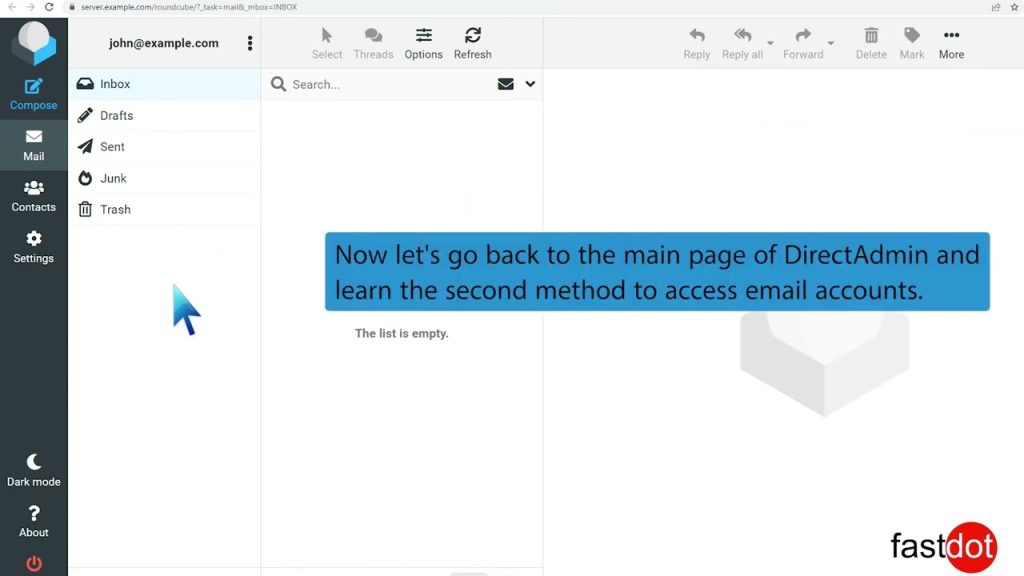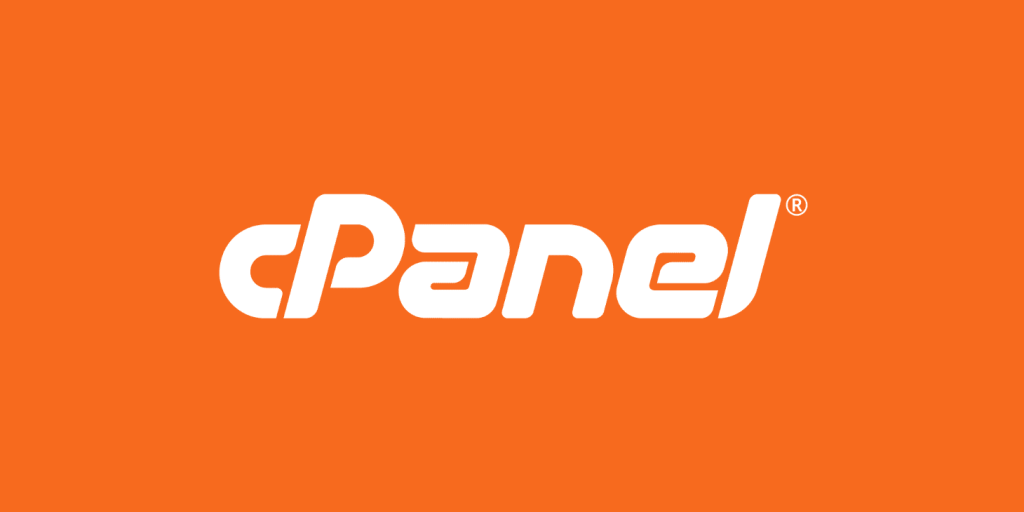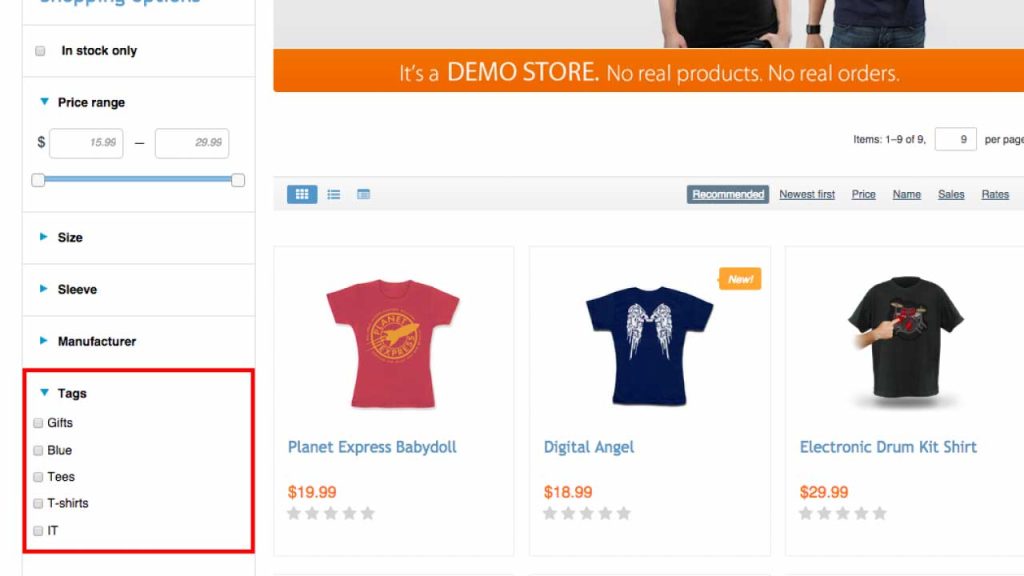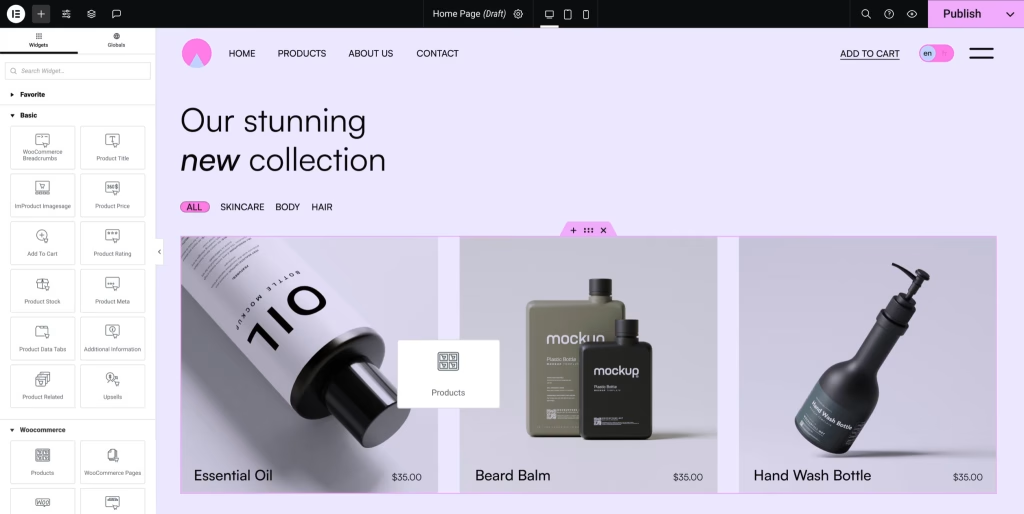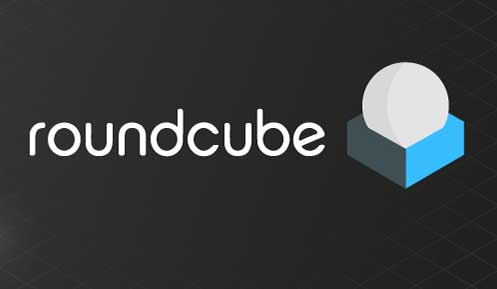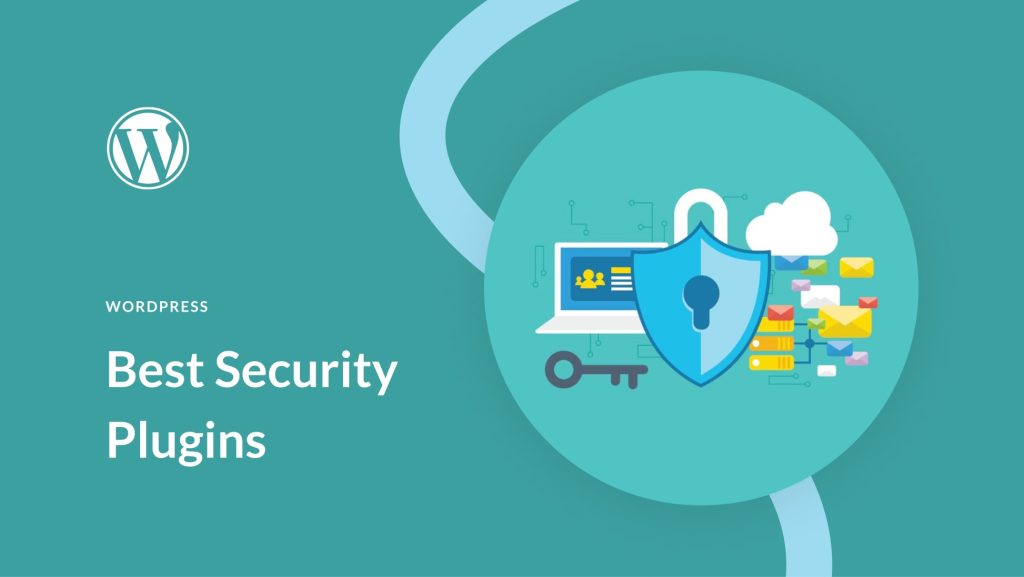Joomla is a powerful content management system that provides a flexible and user-friendly platform for building and managing websites.
As a small business owner, a blogger, or part of an organization, gaining an understanding of how Joomla operates can significantly enhance my ability to leverage its capabilities for specific needs.
This article will delve into the key benefits of using Joomla, highlighting its ease of use, extensive range of features, and robust community support, while also addressing some challenges that may arise.
By the end of this discussion, I will have a clearer understanding of how to get started with Joomla to establish a compelling online presence.
What is Joomla?
- 1 What is Joomla?
- 2 What Are the Key Benefits of Using Joomla for Your Website?
- 3 What Are the Challenges of Using Joomla for Your Website?
- 4 How to Get Started with Joomla for Your Website?
- 5 Frequently Asked Questions
- 5.1 What are the key benefits of choosing Joomla for my website?
- 5.2 Can I use Joomla for any type of website?
- 5.3 Are there any challenges in using Joomla for my website?
- 5.4 How does Joomla compare to other content management systems?
- 5.5 Can I migrate my current website to Joomla?
- 5.6 Is Joomla a cost-effective option for my website?
I find Joomla to be a powerful, open-source content management system (CMS) that facilitates the creation and management of websites with remarkable ease. Its user-friendly interface, customizable options, and extensive ecosystem of templates and extensions make it suitable for various applications, ranging from simple personal blogs to complex e-commerce platforms.
Developed by a dedicated community, Joomla provides the flexibility and scalability necessary to build a digital presence that evolves with my needs.
How Does Joomla Work?
Understanding how Joomla functions involves looking into its intuitive installation process, user management capabilities, and well-organized site structure, all of which contribute to a seamless user experience. With features such as front-end editing and performance optimization, Joomla enables me to manage content effortlessly and enhance my website’s functionality, making it a favored choice among web developers.
The architecture of Joomla is built on a model-view-controller (MVC) framework, which ensures a clear separation of concerns that improves maintainability and extensibility. The installation process is straightforward; it typically requires me to upload files to a server and execute an installation script, which may include database configuration.
Joomla’s user management features allow for the assignment of different user roles and permissions, which are essential for maintaining security and controlled access. Additionally, implementing performance optimization techniques like caching, optimizing database queries, and utilizing content delivery networks can significantly boost site load times and overall user engagement.
A well-structured Joomla site not only prioritizes design but also incorporates SEO best practices, ensuring enhanced visibility on search engines.
What Are the Key Benefits of Using Joomla for Your Website?
Utilizing Joomla for my website provides numerous benefits that enhance both the user experience and site management. Its user-friendly interface makes it accessible for beginners, while also offering advanced customizable features that seasoned developers can appreciate.
Additionally, Joomla sites are inherently SEO-friendly, secure, and scalable. I also value the vibrant community that supports Joomla, as it offers extensive resources and assistance when needed.
1. Easy to Use and Customize
I appreciate Joomla for its user-friendly interface and extensive customization options, which allow me to design websites without requiring extensive coding knowledge. With a variety of templates and design tools at my disposal, Joomla enables both novice and experienced developers to create visually appealing and functional sites tailored to specific needs.
The platform’s intuitive design tools facilitate a straightforward process for dragging and dropping elements, customizing layouts, and adjusting styles to align with my vision. Popular templates like Helix Ultimate and Protostar offer a strong foundation, featuring responsive designs and versatile functionality.
I have found that Joomla’s flexibility is a key advantage, with numerous testimonials from users highlighting how these templates significantly reduce development time while ensuring a professional finish. This seamless experience not only enhances my productivity but also enables me to bring my unique concepts to life, all while maintaining control and creativity throughout the design process.
2. Wide Range of Features and Extensions
One of the most noteworthy features of Joomla is its extensive library of extensions and plugins, which can be seamlessly integrated to enhance website functionality. From e-commerce solutions to social media integration, Joomla offers a comprehensive set of tools that address a wide range of needs, making it a versatile choice for any web project.
The flexibility provided by various extensions, such as VirtueMart for online shopping and Akeeba Backup for site security, allows me to customize my site extensively. For example, integrating JEvents can streamline event management, resulting in a smoother user experience when organizing community gatherings or promoting upcoming activities.
Additionally, incorporating social sharing tools through plugins like JoomSocial fosters improved audience engagement and outreach.
In this dynamic ecosystem, these plugins not only enhance site performance but also significantly increase user interaction, giving every Joomla site the potential to distinguish itself in a crowded digital landscape.
3. SEO Friendly
I find that Joomla is equipped with SEO-friendly features that significantly enhance my website’s visibility on search engines, making it an excellent choice for my digital marketing initiatives. With its built-in SEO tools, I can optimize my content and manage metadata efficiently, which contributes to improved website speed and overall performance.
One of the standout features is the automated generation of meta tags, which simplifies the process of ensuring that all my pages are properly indexed by search engines. Additionally, Joomla offers seamless integration with analytics tools, allowing me to effectively track website traffic and user behavior.
This data-driven approach enables me to make proactive adjustments to my content strategies. Specialized plugins further refine keyword usage and enhance on-page SEO elements. By leveraging these resources, I can create targeted campaigns that not only drive traffic but also convert visitors into loyal customers, ultimately elevating my marketing success.

4. Cost-Effective
As an open-source platform, I find Joomla to be a cost-effective solution for both individuals and businesses aiming to establish a professional online presence without overspending. Its scalability allows me to start small and expand my website as needed, all while staying mindful of budget constraints.
With no licensing fees to worry about, I can redirect those funds towards other critical areas, such as marketing or content development. This financial flexibility is particularly beneficial for startups like mine, which often need to navigate tight budgets while pursuing growth.
A prime example of Joomla’s capabilities is an e-commerce site that initially focused on a small local market. By leveraging Joomla’s robust features, they were able to significantly expand their user base and product offerings over the years.
Additionally, many non-profits utilize Joomla to create impactful websites that effectively communicate their missions without incurring high costs, demonstrating its versatility and effectiveness across various sectors.
5. Strong Community Support
The robust community support behind Joomla stands as one of its most significant assets, granting me access to a wealth of resources, including forums, documentation, and tutorials. This network not only assists me in navigating the learning curve but also encourages collaboration and feedback that continually enhances the platform.
Along with the fundamental resources, various online forums host engaging discussions where I can seek advice, share experiences, and troubleshoot issues alongside other users. The documentation provided is comprehensive, frequently updated, and serves as an invaluable reference point for both novice and expert users alike.
Engaging with the community is essential, as it not only helps me overcome specific challenges but also contributes to a collective intelligence that drives innovation and improvements within Joomla. This synergy fosters an environment where ideas can flourish, ultimately ensuring that the platform remains relevant and evolves to address the ever-changing needs of its user base.
What Are the Challenges of Using Joomla for Your Website?
While I appreciate the numerous benefits that Joomla provides, I recognize the challenges that users may encounter when utilizing this powerful content management system.
These challenges include a steep learning curve for beginners, potential security risks, and limitations in design options that can impact the overall user experience.
1. Steep Learning Curve
One of the most significant challenges I encountered as a new Joomla user was the steep learning curve associated with mastering its features and functionalities. Without prior technical expertise, I often found myself overwhelmed, making support forums and community resources invaluable.
This learning curve is shaped by various factors, including the complexity of the platform’s interface and the extensive range of available extensions. Like many beginners, I struggled to navigate the myriad options for customizing my site, which sometimes led to frustration.
However, I discovered that engaging with the vibrant Joomla community greatly eased this process. For example, a recent experience participating in online workshops provided me with clarity and helped me forge valuable connections.
By leveraging tutorials, expert forums, and user-generated content, I was able to transform my Joomla experience, turning daunting obstacles into enableing learning opportunities.
2. Limited Design Options
While Joomla offers a wide range of templates, I occasionally encounter limited design options that do not fully align with my unique needs or preferences. This situation can lead to compatibility issues when attempting to implement more advanced customization options or integrate third-party design tools.
I often find that these templates can restrict my creativity, making it challenging to achieve a distinctive look and feel for my websites. This challenge is especially pronounced for those of us who aim to stand out in a crowded digital landscape.
To address these limitations, it is essential to explore alternative approaches. Custom coding allows me to enhance design flexibility, enabling tailored solutions that better meet specific project requirements. Additionally, leveraging third-party tools significantly expands my design capabilities, providing a broader palette of options and functionalities to create unique and engaging websites.
3. Potential Security Vulnerabilities
Security is a crucial concern for any website I manage, and Joomla is no exception. I must remain vigilant about potential security vulnerabilities that can arise if I neglect regular updates and maintenance practices, which could expose my site to various risks.
Statistics indicate that approximately 60% of all website attacks target known vulnerabilities, emphasizing that failing to keep Joomla updated places countless websites at risk. The significance of patch management cannot be overstated; a well-maintained website greatly reduces the chances of breaches.
For instance, I came across a case study involving a major Joomla site that experienced a data breach due to unpatched security flaws, resulting in substantial financial losses and reputational damage.
To safeguard my website, I implement best practices such as:
- using strong passwords,
- utilizing security extensions, and
- regularly reviewing user permissions to ensure that only trusted individuals have access.
By adhering to these guidelines, I can better protect my Joomla site from the constantly evolving landscape of cyber threats.
4. Need for Regular Updates and Maintenance

I understand that regular updates and maintenance are essential for the longevity and performance of Joomla websites. Outdated software can lead to performance bottlenecks and security vulnerabilities, so it is crucial for me to prioritize these tasks to ensure that my site remains functional and secure over time.
To effectively manage these responsibilities, I find it advisable to schedule updates at least once a month, taking into account the frequency of new releases from Joomla and any installed extensions. Additionally, creating a backup strategy is critical; by utilizing automated backup tools, I can ensure that a recent copy of my site is available before applying any updates, which minimizes the risk of data loss.
I recognize that regular updates not only patch security holes but also enhance site performance, resulting in a smoother user experience. To manage these responsibilities effectively, I plan to set reminders for scheduled updates, employ reliable backup solutions, and consider using performance monitoring tools to quickly identify and resolve any issues that may arise after updates.
How to Get Started with Joomla for Your Website?
Getting started with Joomla for my website is a straightforward process that entails selecting a reliable hosting provider, installing the CMS, choosing appropriate templates, and adding content to create a functional and engaging site.
By following these steps, I can efficiently harness the power of Joomla to establish a strong online presence.
1. Choose a Hosting Provider
Selecting the right hosting provider is a crucial first step when embarking on a Joomla project, as it significantly influences website performance and compatibility. It is essential to seek hosting solutions that meet Joomla’s server requirements to ensure optimal functionality.
In particular, attention should be paid to the type of server environment offered, whether it be shared, VPS, or dedicated hosting, as each option has distinct implications for speed and resource allocation. Performance metrics such as uptime guarantees and page load speeds are vital considerations, as they can greatly affect the user experience.
Additionally, it is important to confirm that the hosting provider supports PHP and MySQL, which are fundamental for running Joomla efficiently.
2. Install Joomla
Installing Joomla is a straightforward process that I can complete in just a few steps, enabling me to quickly set up my website and get started effectively. Following the installation, I recognize that regular updates and maintenance are crucial to ensure the smooth operation of the site.
- To begin, I first download the latest version of Joomla from the official website, ensuring I verify the file integrity for security.
- Next, I prepare my hosting environment by setting up a compatible server, creating a database, and confirming that PHP and MySQL meet the required specifications.
- Once the setup is ready, I effortlessly upload the Joomla files to the server using an FTP client.
- After unzipping the files in my desired location, I proceed to the installation wizard, which guides me through essential configuration settings such as the site name, admin details, and database connection.
- If I encounter any issues during the process, I check the server permissions or review the PHP settings to resolve common problems.
I understand that after installation, keeping Joomla updated is essential—not only for accessing new features but also for maintaining security against potential vulnerabilities.
Check out our Joomla Hosting Solutions
3. Select a Template and Customize Your Website
Choosing a template and customizing it to fit my website’s needs is a critical step in the Joomla setup process, as it determines the overall look and feel of my site. With a variety of templates available, I can create a unique online presence that resonates with my audience.
My journey begins by identifying specific design elements that reflect my brand identity, such as color schemes, fonts, and layout styles. I also consider functionality alongside aesthetics, ensuring that the template supports essential features like mobile responsiveness and SEO optimization.
Effective media management plays a crucial role in this process; organizing images, videos, and other assets properly enhances the site’s visual appeal and loading speed. For those of us seeking extensive customization, popular choices like Helix Ultimate and Gantry Framework stand out, providing flexible options to tailor a site to my individual preferences without compromising performance.
4. Add Content and Features
Once my Joomla template is established, the next step involves adding content and features that enhance user experience and provide valuable information to visitors. This includes organizing content types and ensuring effective media management for a seamless browsing experience.
To begin, I focus on categorizing content into clear and concise categories and subcategories. This approach not only helps visitors easily find what they are looking for but also improves SEO performance. Strategically utilizing articles, blogs, and pages allows me to address various audience needs. I also consider incorporating multimedia elements like images, videos, and infographics to make the content more engaging.
I leverage Joomla’s built-in media manager to upload and organize these assets efficiently. Additionally, implementing features such as search functionality, navigation menus, and breadcrumbs enhances user experience by facilitating seamless content exploration.
5. Regularly Monitor and Update Your Website

Regular monitoring and updating of my Joomla website are essential practices that contribute to maintaining performance optimization and security integrity. I implement a consistent update schedule and backup strategy to safeguard my site against potential issues.
Along with keeping the core system and extensions up to date, I make it a point to monitor site analytics, user feedback, and security vulnerabilities. A well-structured monitoring approach allows me to identify performance dips and address them proactively.
By regularly backing up data, I ensure that no critical content is lost in the event of a malfunction or security breach. Setting up automated backups, along with a schedule for manual checks, guarantees that updates are implemented seamlessly and that data recovery remains hassle-free. This proactive stance not only enhances user experience but also significantly extends the longevity and reliability of the site.
Frequently Asked Questions
What are the key benefits of choosing Joomla for my website?
Joomla offers a user-friendly interface and easy customization options, making it great for beginners and experienced users alike. It also has a strong community support system and a wide range of extensions to enhance your website’s functionality.
Can I use Joomla for any type of website?
Yes, Joomla is versatile and can be used for various types of websites including personal blogs, online stores, corporate websites, and more. With its powerful features and flexibility, you can create any type of website you need.
Are there any challenges in using Joomla for my website?
Like any other content management system, Joomla has a learning curve and may take some time to get used to. It also requires regular updates and may require some technical knowledge for advanced customization.
How does Joomla compare to other content management systems?
Joomla offers a balance between simplicity and advanced features, making it a popular choice among users. It also has a large community of developers constantly working to improve the platform and provide support to users.
Can I migrate my current website to Joomla?
Yes, Joomla has tools and resources available to help you migrate your website from other platforms. However, it is recommended to seek professional assistance to ensure a smooth and successful migration.
Is Joomla a cost-effective option for my website?
Joomla is open-source and free to use, which can save you a significant amount of money on website development. However, you may need to invest in premium templates and extensions for advanced features, which come at a cost.

